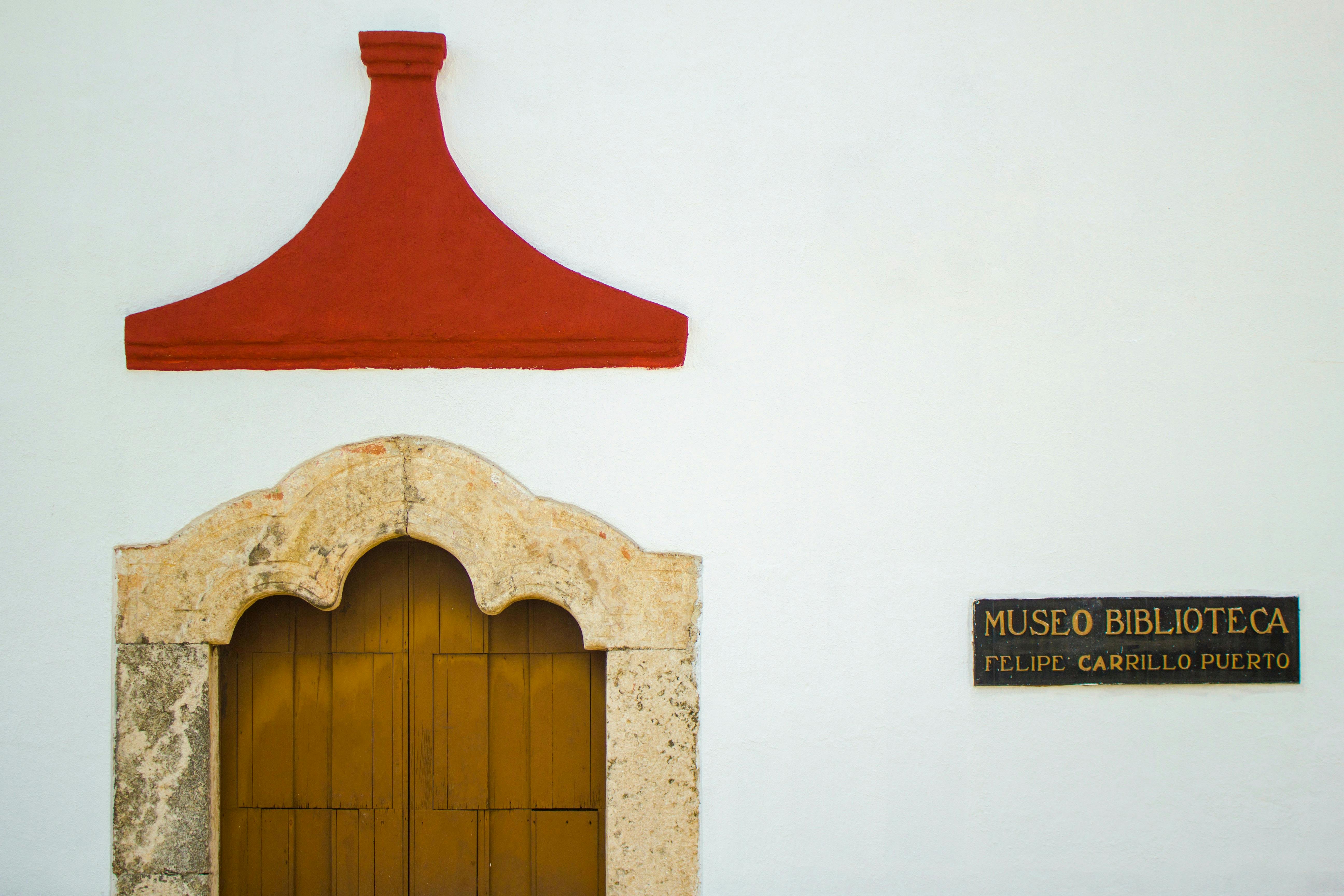
Discover the Rich Architecture and Landmarks of Lisbon: A Cultural Journey
Discover the Rich Architecture and Landmarks of Lisbon: A Cultural Journey
Introduction
Lisbon is one of the oldest cities in Europe, dating back to the Roman era. The city has been shaped by its rich history and culture, and this is reflected in its architecture and landmarks. A visit to Lisbon is an opportunity to explore its fascinating mix of traditions and styles, from Gothic monuments to modernist buildings. In this article, we take you on a journey through Lisbon's architecture and landmarks.
Gothic Architecture
Lisbon's most iconic symbol is the Torre de Belem, a Gothic tower that was built during the 16th century. The tower stands on the banks of the Tagus River and served as a defensive structure during the city's golden age. The tower is now listed as a UNESCO World Heritage Site and is open to visitors.
Another famous Gothic monument is the Jeronimos Monastery, which was also built during the 16th century. The monastery is considered one of the finest examples of Portuguese Gothic architecture, with its intricate stone carvings and ornate facades. The monastery contains the tombs of Vasco da Gama and other famous Portuguese figures.
Manueline Architecture
Manueline architecture is a style that was developed during the reign of King Manuel I, who ruled Portugal from 1495 to 1521. This style is characterized by intricate stonework, maritime motifs, and elaborate details.
One of the most impressive examples of Manueline architecture in Lisbon is the Convento do Carmo, which was built in the 14th century. The convent was severely damaged by an earthquake in 1755, but its ruins still stand as a haunting testimony to Lisbon's turbulent past.
Modernist Architecture
In the early 20th century, Lisbon underwent a period of modernization. This led to the development of a new style of architecture, which was heavily influenced by Art Deco and Modernism.
One of the most prominent examples of modernist architecture in Lisbon is the Eduardo VII Park, which was designed in the 1920s by Francisco Keil do Amaral. The park features a sweeping, curvilinear design that was inspired by the work of Brazilian architect Roberto Burle Marx.
Another notable modernist building is Casa da Música, which is located in the northern part of the city. The building was designed by Dutch architect Rem Koolhaas and features a striking, angular design that has become an iconic symbol of Lisbon's modern architecture.
Conclusion
Lisbon's architecture and landmarks offer a rich tapestry of styles and history. From the Gothic towers of Torre de Belem to the modernist forms of Casa da Música, the city's architecture reflects its complex cultural heritage. A visit to Lisbon is a cultural journey that will take you through centuries of history, art, and design.
